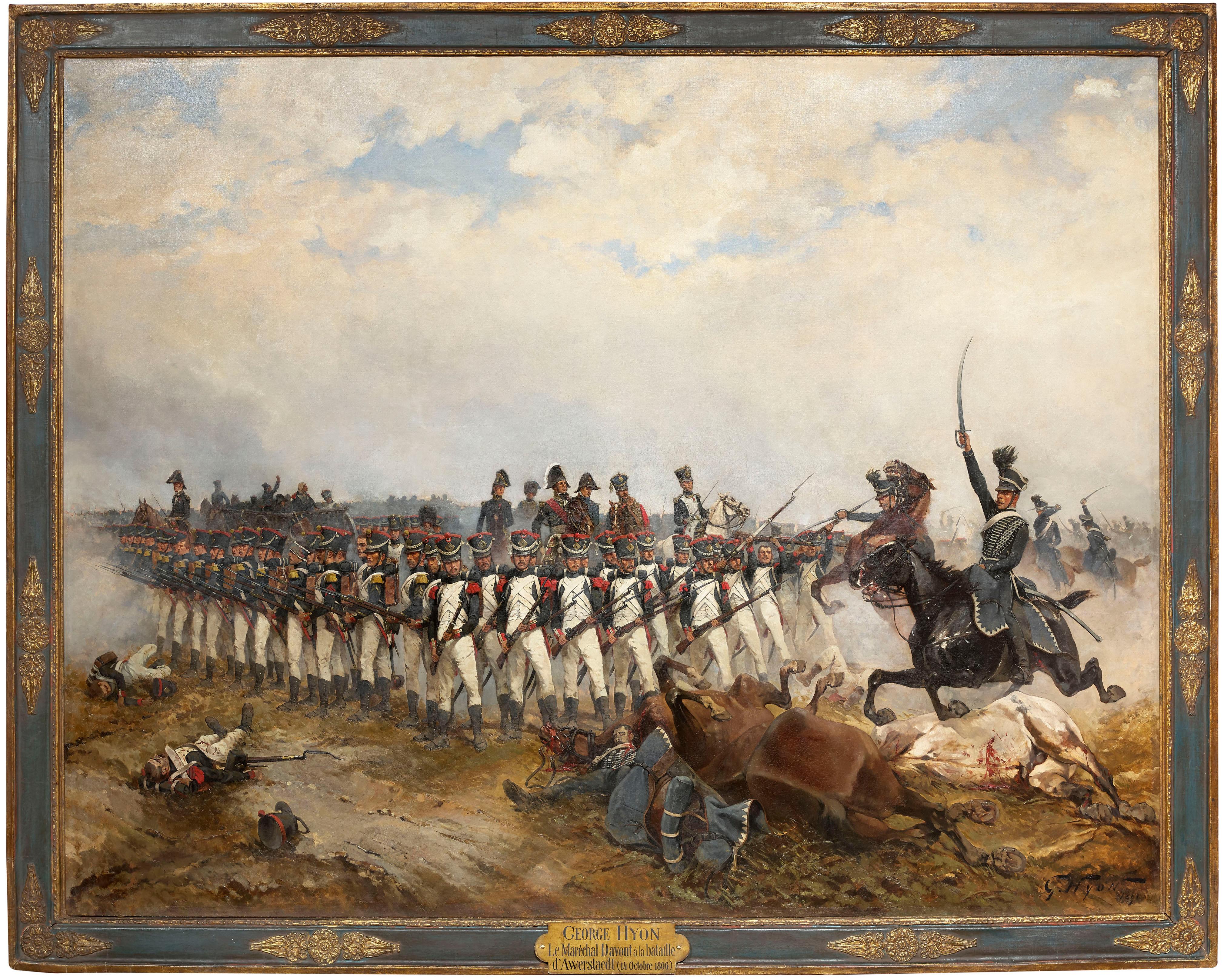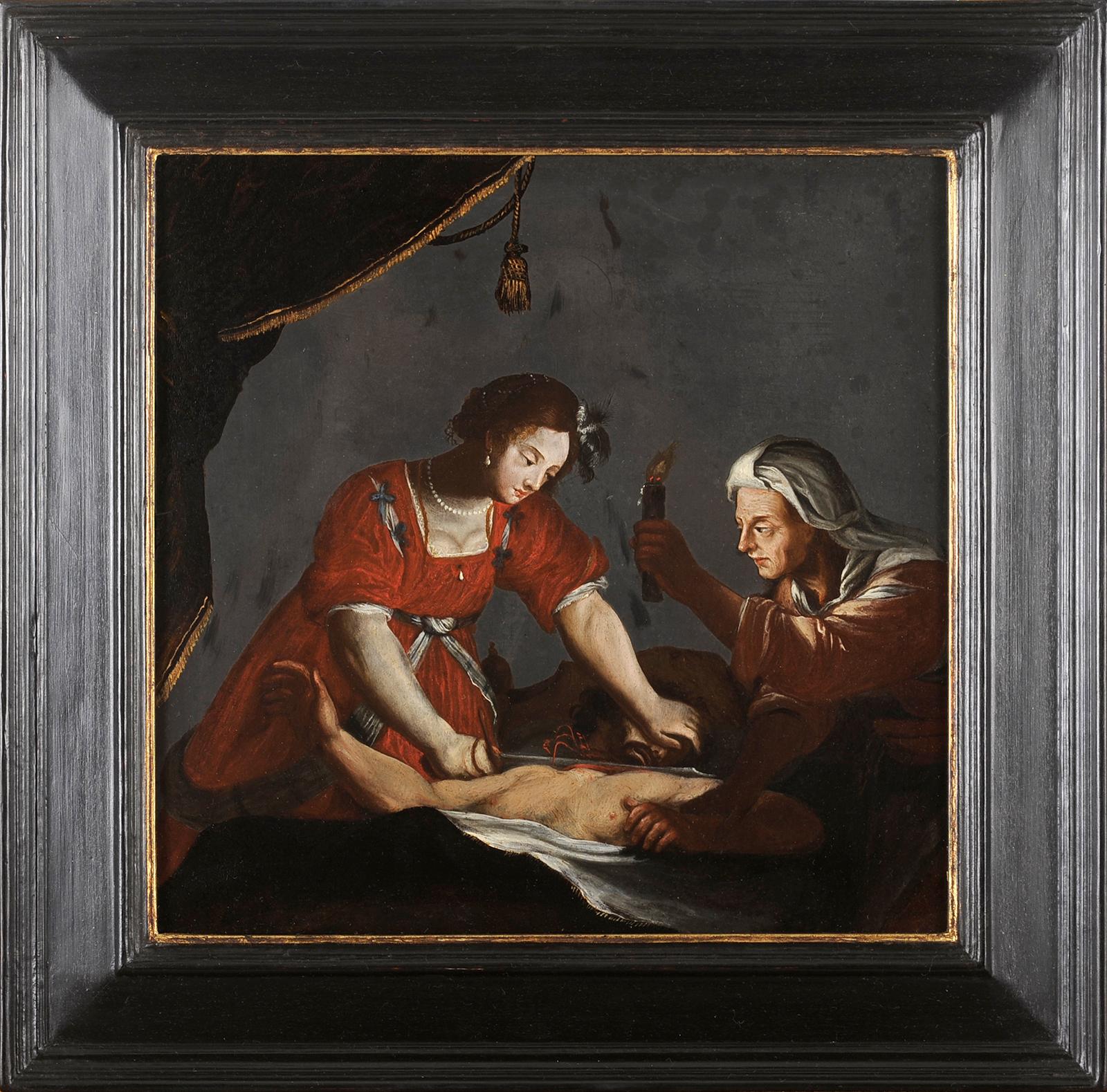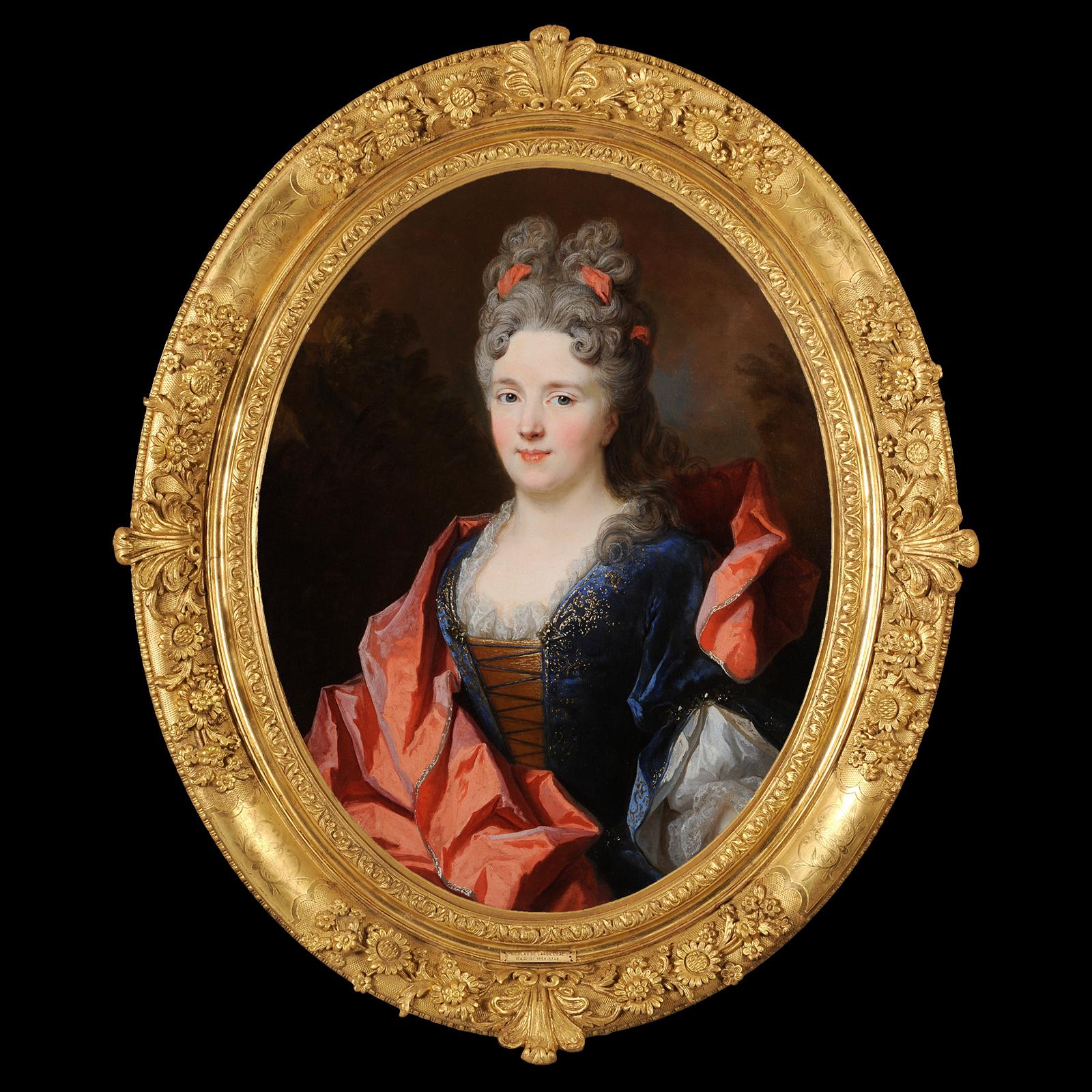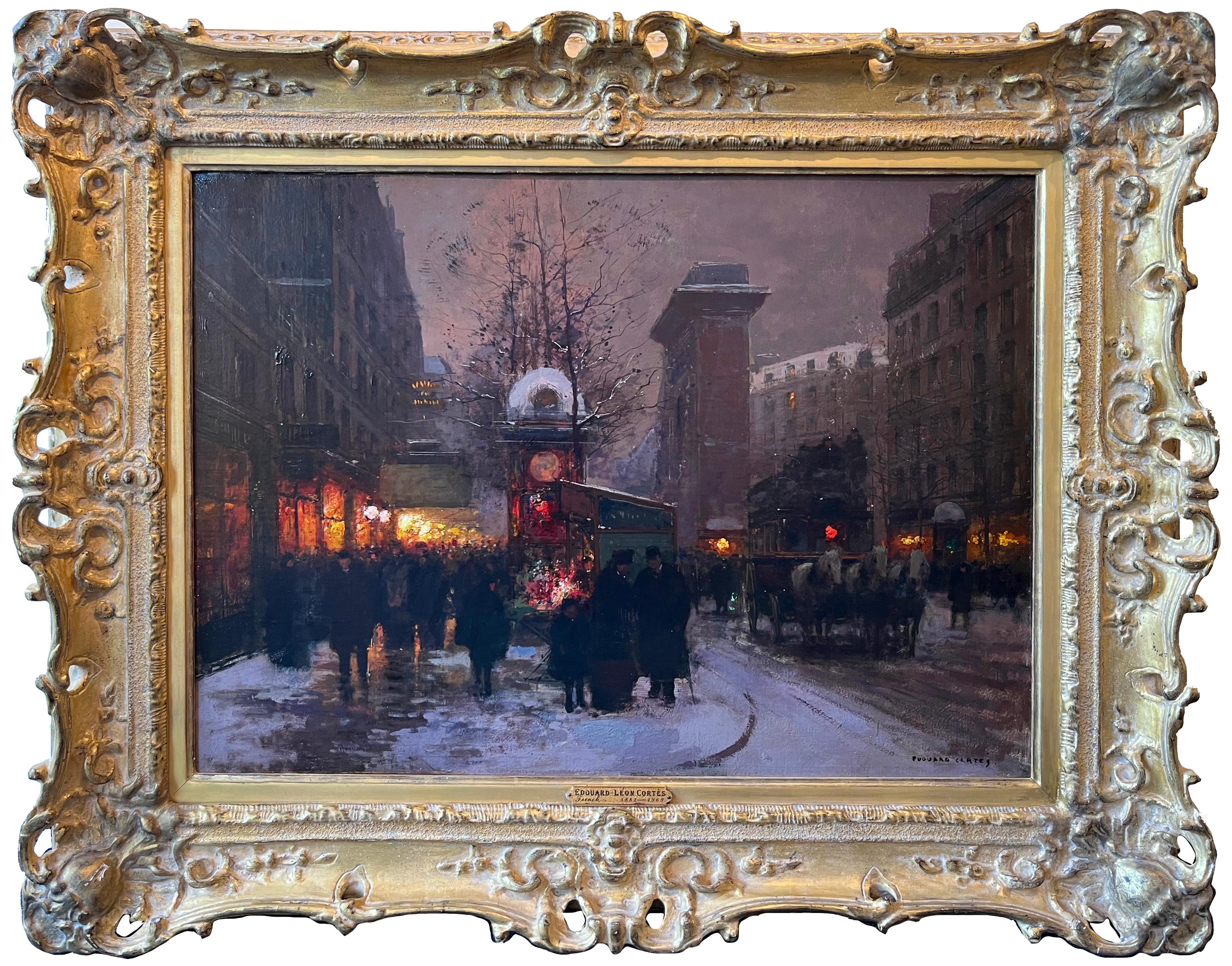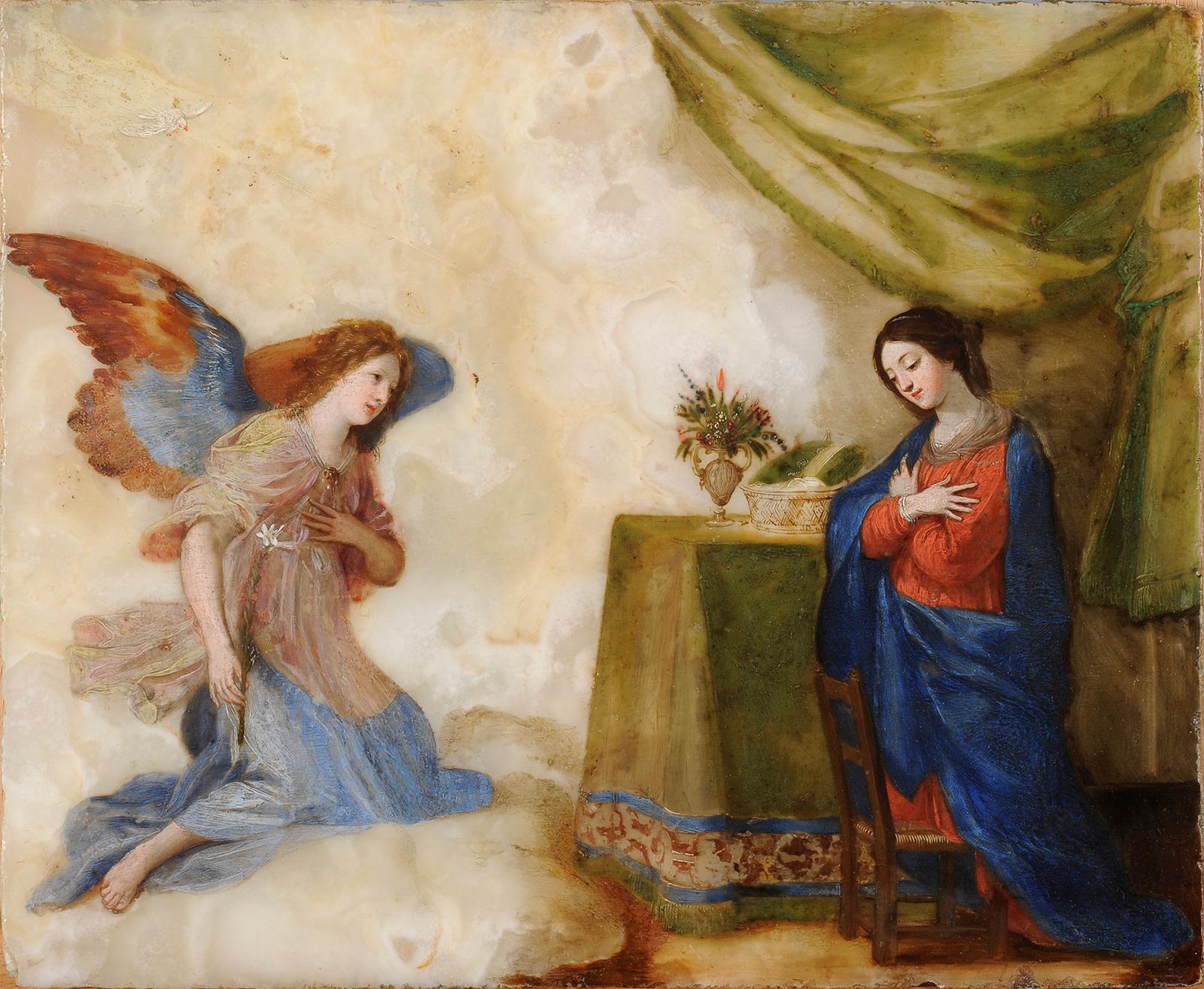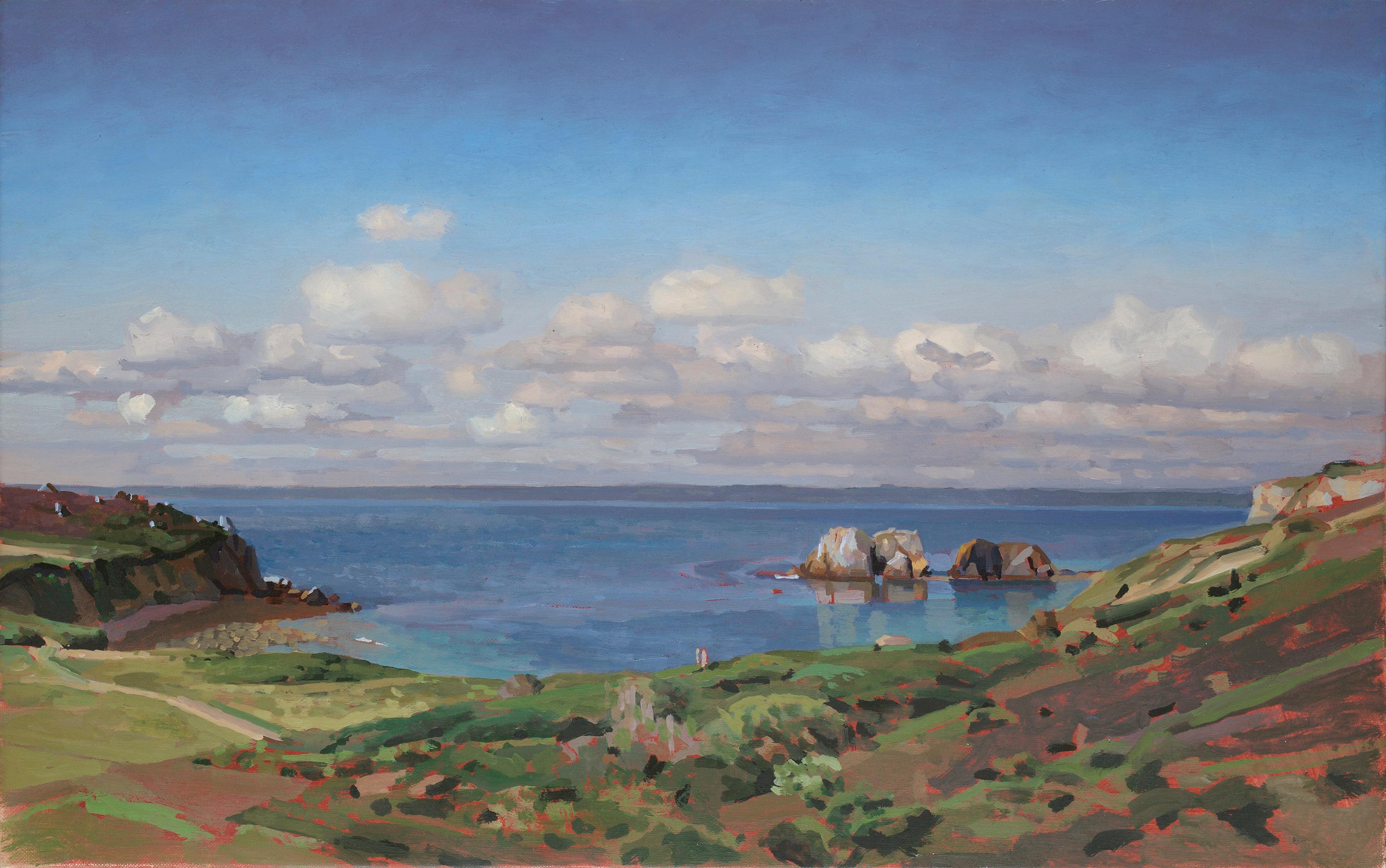Items Similar to Lady in a red dress with a kitten
Want more images or videos?
Request additional images or videos from the seller
1 of 10
Joseph BailLady in a red dress with a kitten
About the Item
Signature lower right: J. Bail
Relined and some restorations
Joseph-Claude Bail was born during a period of intense disagreement in the Parisian art world. For several years the Salon juries had rejected many progressive artists works; printmaking was making a charge at establishing itself as a true art form; the Barbizon group of painters challenged the tradition of historical landscapes with their views of the modern countryside, and Realism was decades old and had brought forth such combative figures as Gustave Courbet. Yet not all artists can be said to belong to this modern view of the nineteenth century. Numerous artists found prestige and public acclaim both at the Salons and with the public with works that relied on past styles and traditions influenced by the “Little Masters” from seventeenth-century Holland and traditions from eighteenth-century France. Joseph Bail belongs to this group; not an artist who sought to align himself with the increasing stylistic anarchy of the late nineteenth century, but one who carefully examined the changing needs of his patrons and gauged the underpinning social propensities of the time. Bail continued the tradition of Realism exemplified by Théodule Ribot and François Bonvin and received positive feedback which reinforced the continued respect for scenes reminiscent of daily life during the earlier years in France.
Joseph Bail was born on January 22nd, 1862 in Limonest in the Rhone region of France. His father, Jean-Antoine Bail, was a trained genre painter who was heavily influenced by the Dutch masters and focused his attention on depicting scenes from daily life. It is clear that Joseph, as well as his brother Frank, followed in the footsteps of his father, as he too would be influenced by these artists despite new interests in subjects and representation during this period in France.
In a period of increasing modernity and industrialization, Bails paintings glorified the past ways of life in France and found a sympathetic audience in bourgeois patrons.
Presumably beginning at a young age, Joseph’s initial artistic training began with his father who instilled in him a respect for the eighteenth-century French painters such as Jean-Siméon Chardin and the Dutch masters and encouraged him to view their works at the Louvre. As all three members of the family, Jean-Antoine, Franck, and Joseph, were artists, the Bail family represents one of the few associations of family painters of the Realist tradition remaining during the latter half of the nineteenth century. They could often be found exhibiting alongside one another at the annual Salons, showing work that displayed similar qualities in their subject. After beginning his training under his father, Bail began studying, presumably between 1879 and 1880, in the atelier of Jean-Léon Gérôme, an accomplished painter and teacher of the period. This was a short-lived period of tutelage as in 1882 Gérôme was no longer listed in Salon catalogues as Bail’s teacher, perhaps because Gérôme’s choice of subjects differed quite dramatically from those of his father and those that Bail would follow for the majority of his career.
Just after his sixteenth birthday, Bail debuted at the Salon of 1878, alongside both his father and brother, with Nature Morte (Still Life). The still life tradition in France was invigorated by the work of Jean-Siméon Chardin in the eighteenth century and still lives continued to be a major interest for many artists and many occupied themselves primarily with this type of painting. They figured as an important element of Bail’s work, and many of his genre scenes also show still life arrangements within the picture, even when they were not the primary focal point.
While still lifes dominate Bail’s beginning work shown at the Salon, he expanded his early themes to also include scenes from the countryside, animals, and genre paintings. As his style progressed, he showed a stronger affinity with his father’s work and that of the Chardin and the Dutch masters, choosing to portray room interiors illuminated by a strong light source. In recalling these past masters and this type of painting, Bail was appealing to the growing middle class as his work referenced earlier highly esteemed painters. Emmanuel Bénézit wrote of Bail and his interiors, that:
He excels at creating in all of his painting a very lively bright light due to the radiant shine of some brilliant point or to the direct projection of the exterior daylight…it’s assuredly the expression of original and rather harmonious art. His technique is very delicate and his colouring just right. The composition of his painting, always elegant, is skillfully treated.
Bail regularly submitted to the Salons and towards the end of his careers was “hors concours”, or exempt from having to submit his works for jury approval. He received awards in 1885 (Honorable Mention), 1886 (third-class medal), 1887 (second-class medal), 1889 Exposition Universelle (silver medal), 1900 Exposition Universelle (gold medal), and 1902 (medal of honor). He was also named Chevalier de la Légion d’Honneur in 1900, and was a member of the Société des Artistes Français. He died on November 26, 1921.
- Creator:Joseph Bail (1862 - 1921, French)
- Dimensions:Height: 19.69 in (50 cm)Width: 15.75 in (40 cm)
- Medium:
- Movement & Style:
- Period:
- Condition:
- Gallery Location:Gent, BE
- Reference Number:1stDibs: LU2140211045932
About the Seller
5.0
Vetted Seller
These experienced sellers undergo a comprehensive evaluation by our team of in-house experts.
Established in 2018
1stDibs seller since 2022
Typical response time: 16 hours
- ShippingRetrieving quote...Ships From: Gent, Belgium
- Return PolicyA return for this item may be initiated within 10 days of delivery.
More From This SellerView All
- Children playing in a forestLocated in Gent, VOVAmédée Elié Servin — (1829-1884) : Children playing in a forest A nice and confidently painted scene of three children playing in the midst of a dark forest. Through clever use of colour and light and dark effects, Elié Servin creates a mysterious and fairytale-like scene in which all attention is drawn to the playing children. Amédée-Élie Servin (1829-1884) Servin Amédée-Élie was a French painter and engraver, founder of the artistic community of Villiers-sur-Morin. Servin was born to a tanner, who, disappointed by his son's failure in his studies, apprenticed him to an upholsterer where he learned to draw cartoons. He then entered the École des Beaux-Arts and studied under the painter Michel Martin Drolling. At this school, he befriended students of his generation, such as Jean-Jacques Henner, Benjamin Ulmann and Paul Baudry...Category
1880s French School Figurative Paintings
MaterialsOil
- Boy with a fluteBy Leon HerboLocated in Gent, VOVLéon HERBO (1850-1907), Young boy with a flute, oil on canvas, signed upper left and dated 1879. This painting seems inspired by the painting "Singing Boy with a Flute" by the Dutch ...Category
Late 19th Century Dutch School Figurative Paintings
MaterialsCanvas, Oil
- Afternoon tea , 1912 Oil on canvas Auguste Moreau-Deschanvres (1838-1913)Located in Gent, VOVAuguste Moreau-Deschanvres (1838-1913) A student of Julien Potier at the Valenciennes academic schools, the painter Auguste Moreau-Deschanvres (1838-1913) lived in the house-studio h...Category
20th Century Figurative Paintings
MaterialsCanvas, Oil
- Interior of church Oil on panel - Enrique MÉLIDA (1838 – 1892)Located in Gent, VOVEnrique Mélida y Alinari, (1838 - 1892) Enrique Mélida was a Spanish painter, lithographer and writer. Through his marriage to Marie Bonnat, he is the brother-in-law of the painter ...Category
19th Century Figurative Paintings
MaterialsCanvas, Oil
- Horses resting at the watering place Oil on canvas by Jules Pierre Van BiesbroecLocated in Gent, VOVHorses resting at the watering place Oil on canvas by Jules Pierre Van Biesbroeck Jules Van Biesbroeck was born in Italy in 1873 during h...Category
20th Century Figurative Prints
MaterialsCanvas, Oil
- Farmer busy eating his lunch, (I think he's just boozing) by Axel SoeborgLocated in Gent, VOVSøeborg, Axel (1872-1939) The ochre yawn of autumn and the bitter sleep of winter are the preoccupations of Danish artist Axel Søeborg's landscapes. With his singular hand, Søeborg s...Category
20th Century Modern Figurative Paintings
MaterialsCanvas, Oil
You May Also Like
- Battle of Auerstaedt, October 14th 1806Located in Paris, FRGeorges HYON (1840 - 1909) Battle of Auerstaedt, October 14th 1806 Oil on canvas Signed and dated lower right Dimensions : 59 x 78 3/4 inches (Dimensions : 150 x 200 cm) Framed : 66 7/8 x 86 5/8 inches (Framed : 170 x 220 cm) Provenance : -Private collection Exhibition: -French Salon of 1891; exhibited under number 849 Formed in multiple squares, the French infantry resisted the assaults of the Prussian cavalry which broke on these impassable walls bristling with thousands of rifle bayonets...Category
19th Century French School Figurative Paintings
MaterialsOil
- Judith and HoloferneLocated in BELEYMAS, FRJacques STELLA (Lyon, 1596 – Paris, 1657) Judith and Holofernes Oil on slate H. 23.5 cm; L. 24 cm Son of François Stellaert, a painter of Flemish origin who settled in Rome in 1576, then in Lyon, Jacques Stella was born in this city in 1596. Around 1619, he left for Florence where he worked for Cosimo II de Medici. He probably already met Nicolas Poussin and Jacques Callot there. Stella left Florence for Rome in 1622 or 1623, where he befriended Poussin, who arrived in 1624. Stella became famous in the world of Italian amateurs for his small paintings painted on precious supports: marble, agate, lapis, slate, as well as by his engravings and drawings. In 1634, having received offers from the King of Spain, he left Rome in the suite of Marshal de Créqui, French ambassador. He passed through Venice, stopped in Lyon in 1635, then in Paris. Retained by Richelieu who took him into his service, he settled in the capital of the kingdom. Covered with favors, he benefited from accommodation in the Louvre and a considerable pension. He later received the Collar of the Order of Saint-Michel, a rare honor for an artist...Category
1620s French School Figurative Paintings
MaterialsSlate
- Presumed portrait of Princess de Conti, Marie-Anne de BourbonBy Nicolas de LargillièreLocated in BELEYMAS, FRNicolas de LARGILLIERRE (Paris 1656 – 1746) Portrait of a woman, presumed to be Marie-Anne de Bourbon, Princess of Conti (1666-1739) Oil on oval canvas H. 80 cm; L. 61 cm (107 x 91 c...Category
1730s French School Figurative Paintings
MaterialsCanvas, Oil
- Omnibus sur le Boulevard Saint Denis, Soir deBy Édouard Leon CortèsLocated in Greenwich, CTOmnibus sur le Boulevard Saint Denis is a great and classic Cortes that depicts this favorite spot where he loved to paint many of his compositions, in the dark of night. Cortes lov...Category
1910s French School Figurative Paintings
MaterialsOil, Canvas
- The AnnunciationLocated in BELEYMAS, FRJacques STELLA (Lyon, 1596 - Paris, 1657) The Annunciation Oil on alabaster (single old break perfectly restored) H. 25 cm; W. 30 cm Son of François Stellaert, a painter of Flemish ...Category
1620s French School Figurative Paintings
MaterialsAlabaster
- Porz Naye, Brittany, FranceLocated in Paris, IDFDidier LAPÈNE (Born in 1964) Porz Naye, Brittany, France Oil on canvas 38 x 61 cm 2018Category
21st Century and Contemporary French School Landscape Paintings
MaterialsOil
